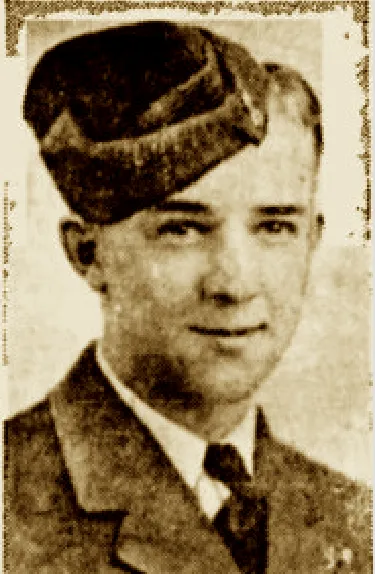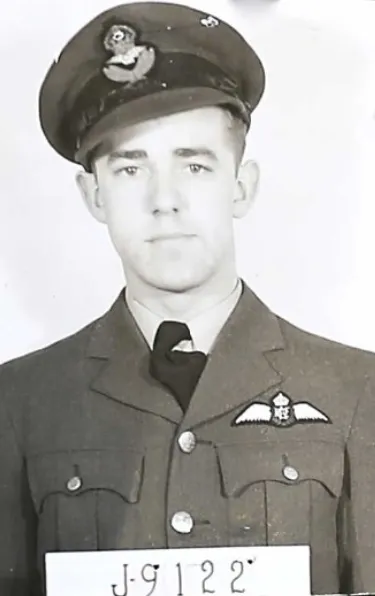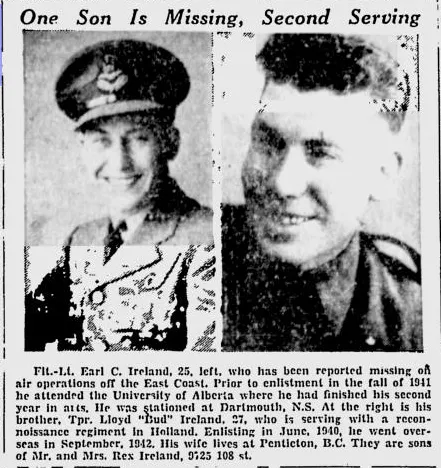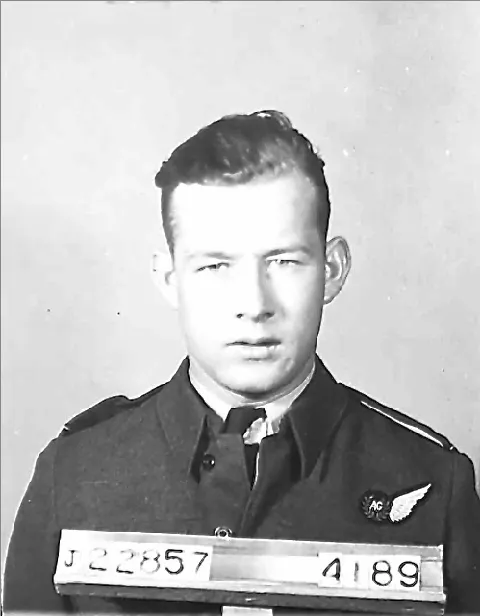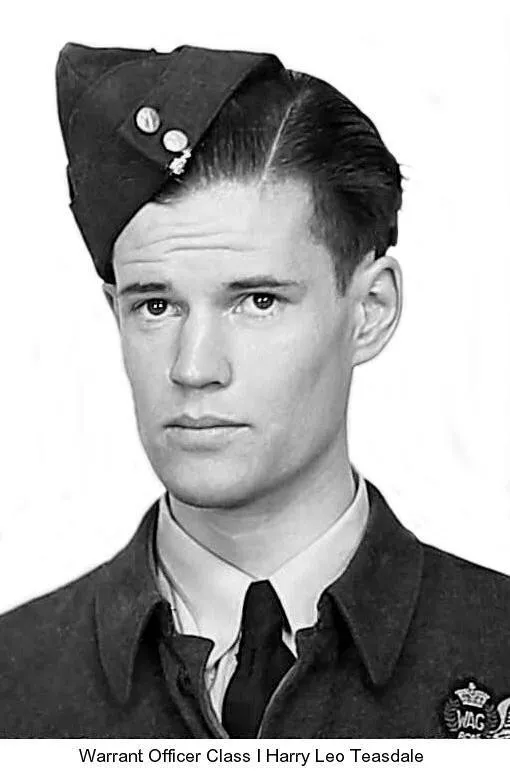Apps, Geoffrey Frank Rowe (Flight Lieutenant)
Killed in Action 1945-February-19
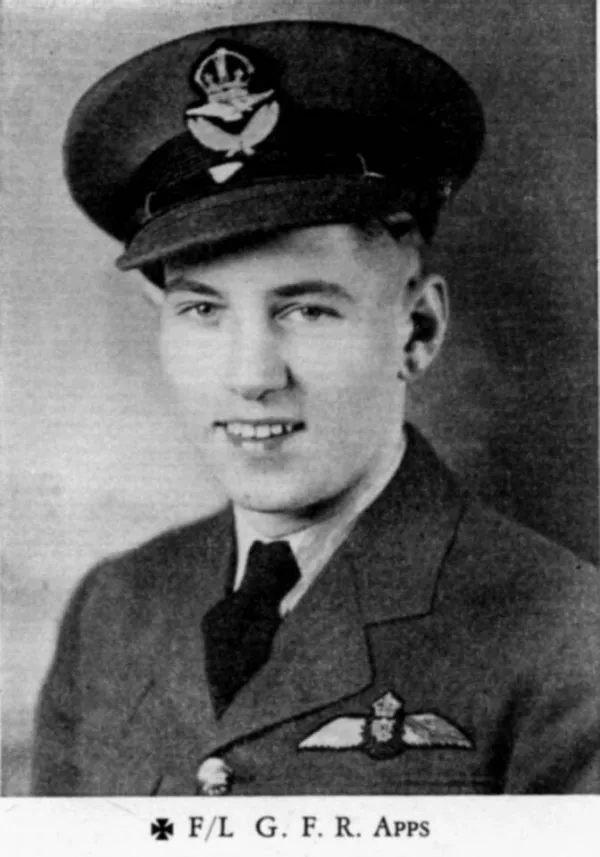

Birth Date: 1920-September-15
Born: Cannington, Ontario
Parents: Frank and Violet Ethel Apps, of Cannington, Ontario.
Spouse:
Home: Cannington, Ontario
Enlistment:
Enlistment Date: unkown date
Service
RCAF
Unit
11 (BR) Sqn- Squadron
Base
RCAF Stn. Dartmouth, Nova Scotia
Rank
Flight Lieutenant
Position
Pilot
Service Numbers
J/20673
Home
Crew or Other Personnel
Liberator 3715
Liberator serial: 3715
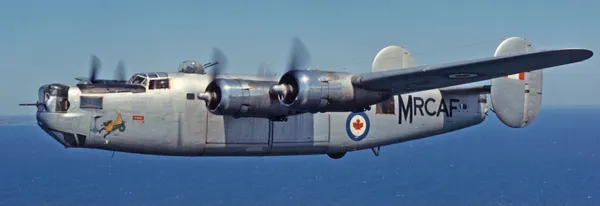
Consolidated Liberator G.R. Mk. VIII, RCAF (Serial No. 11130) ex-USAAF Consolidated (Vultee) B-24L Liberator USAAF (44-50154)
ex-RAF (Serial No. 5009), ex-Indian Air Force (Serial No. HE773).
Currently preserved in the Canada Aviation and Space Museum Ottawa Ontario.
The Consolidated B-24 Liberator was an American heavy bomber flown by the RCAF during the Second Word War. It was designed with a shoulder-mounted, high aspect ratio Davis wing which gave the Liberator a high cruise speed, long range and the ability to carry a heavy bomb load. Early RAF Liberators were the first aircraft to cross the Atlantic Ocean as a matter of routine. In comparison with its contemporaries the B-24 was relatively difficult to fly and had poor low speed performance; it also had a lower ceiling compared with the Boeing B-17 Flying Fortress. Of the roughly 18,500 B-24s built in the USA during the war, 148 were flown by the RCAF on long range anti-submarine patrols, with the B-24 serving an instrumental role in closing the Mid-Atlantic gap in the Battle of the Atlantic. The RCAF also flew a few B-24s post war as transports.
Roughly half of all (RAF) Liberator crews in the China-Burma-India (CBI) Theatre were Canadian by the end of the war. John Muir of Vancouver flew the longest mission of the war: 24hrs, 10mins from Ceylon to Burma and back. (Kyle Hood) Harold Skaarup web page
Aircraft Images
Liberator 3715
Liberator GR Mk. VI 3715
Ex USAAF B-24J-70-CF serial number 44-10637. Used by No. 11 (BR) Squadron at Dartmouth, NS from August 1944. Coded "F". Lost at sea on 19/20 February 1945. Disapppeared without a trace while on anti-submarine sweep. Some wreckage may have washed up on Sable Island.1944-08-03 Taken on Strength 2019-08-20
1945-February-19 Accident: 11 Squadron Loc: Not Known Names: Apps | Grant | Hogan | Ireland | Mclellan | Murphy | Teasdale
1945-03-20 Struck off Strength 2019-08-20
